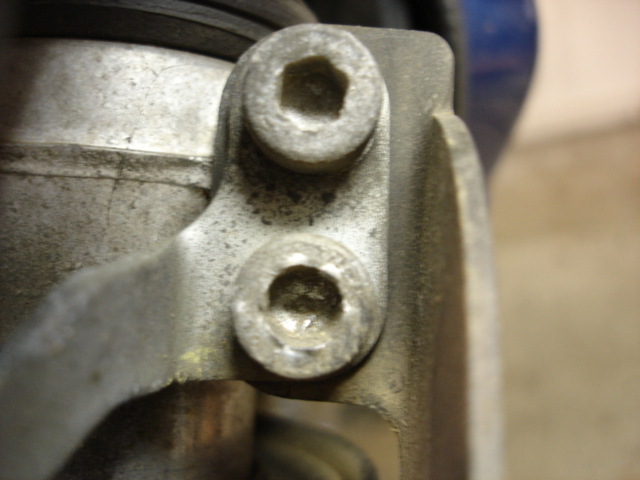Is this normal? When I fret the lowest string of E and play it, it hits the fretboard and produces this clacking sound (sounds fine on the amp and in a digital recording, it’s the acoustic sound of the string that’s worrying me). It might be because the string is too low or because it’s the thickest string. The A and D string also hit the fretboard when fretted up high above the 14th fret. This all seems logical, but still keeps me wondering if this is normal.
Nope, not normal, sounds like your bass needs a setup.
I agree.
A video of what’s happening would help us forum folk to see/say more specifically what should be done.
Sometimes depending on how hard you play the string will bounce off the frets and make a clacking sound. Some players do this on purpose. I have had to train this habit out of myself a bit by playing softer.
I made a quick recording: - YouTube.
Looking at the video, it seems pretty extreme and definitely abnormal. Probably needs a setup. The E string is slightly closer to the fretboard than the other strings anyway, which might not be optimal.
So, yeah, that’s pretty bad. Looks like you need a descent setup.
That said, one thing that I had to practice my way out of is something I think you might be doing: when you’re plucking the E string, it looks like you’re plucking diagonally downwards, so that your finger almost comes to rest on the pickguard. Try to pluck straight across, so that your finger comes to rest straight across from the string, at about mid-thumb or so. What I mean by that is this:
To me, watching that video, you’re plucking as shown by the red line. Try plucking as shown by the green line. If you’re plucking downwards, and you’ve got low action, it will very frequently cause the string to bounce off the frets.
I don’t think that’s the actual root cause here. I think - as others have said above - that your bass needs some adjustments. But changing your plucking might help a bit too.
@ssamu7 you can do a super fast adjustment to your action pretty easily.
- Loosen off the tension on the E string (you don’t want any tension on the saddle because the adjustment screws have a very fine thread. If you try and adjust it when it’s tuned up you might strip the screw)
- Use a small Allen key to raise the E string saddle. Rotate both screws clockwise by one whole turn.
3… Retune your E string.
;4… Better? Or still buzzing raise it again.
That might be enough to fix the issue.
I think your expectations on the strength of adjustment screw threads are extremely conservative. I’ve had to torque many bolts in my life and have worked on an extremely wide range of mechanical devices, from watches to military aircraft. The tensions of strings and the angles involved in the restraining forces are very small.
@admacdo I don’t mean the thread rather the small hex bolt. It’s so small that the heavy handed amongst us could easily strip the head. Taking 2 seconds to release the pressure isn’t a big deal imho.

I believe its a good practice to release string tension when raising bridge saddles. Shouldn’t need to when lowering them though.
From looking at the video it does seem like the low E string is a bit low action wise. I like using one of the little “card” gauges to measure action so I can be consistent but that isn’t entirely necessary.
Thanks for all your responses. I think I’ll take it to the shop and get it set up properly.
Could easily do it yourself, too. It’s an important skill to learn and you don’t need any special tools at all. A capo can be convenient but even that is optional.
No need for any special guages or rulers, doing it by feel works just fine, even for beginners.
I use picks. ![]()
Actually when I want to measure mine (if someone asks about string height) that’s exactly what I do too 
I use feeler gauges, but that’s only because I’m a bit of a gear head and I have them.
Update: took it to the store, because I couldn’t find a small enough Allen key. Got it fixed in two minutes. Thanks again for the advice.
Interesting, usually the instrument will come with the correct allen set. They are often omitted for used instruments though.
I spent about 15 mins looking for one last time, then i stopped and thought about what i did with the stuff that came with the bass, then i looked in the gig bag and found the tools i needed ![]()
Hooray!
Glad they hooked you up.

